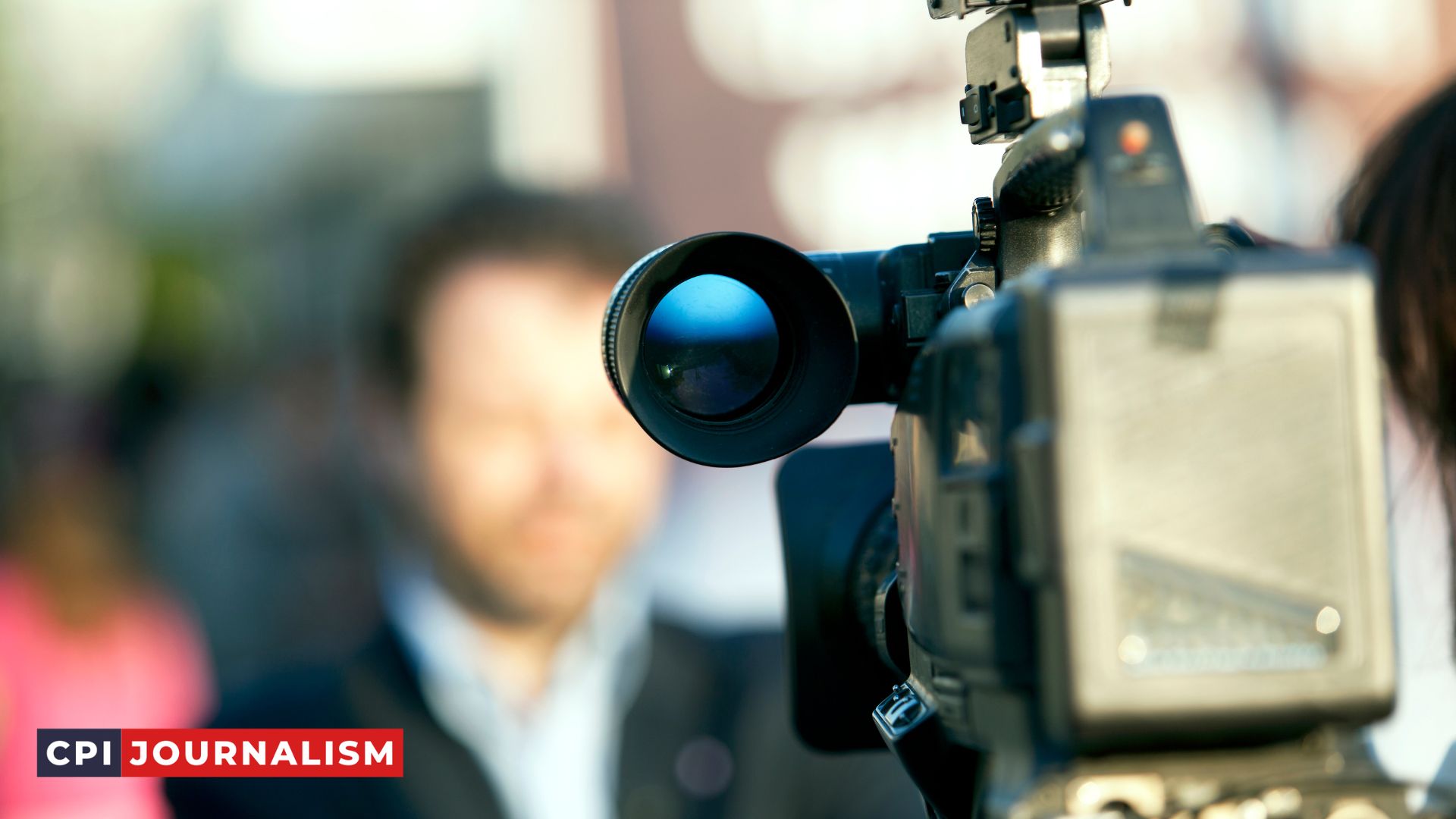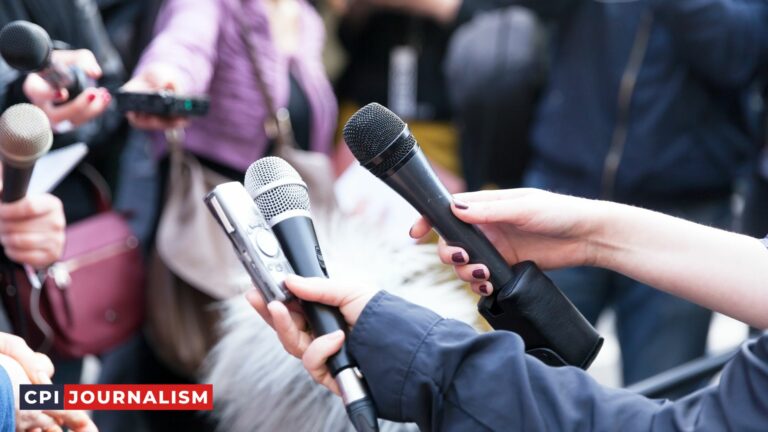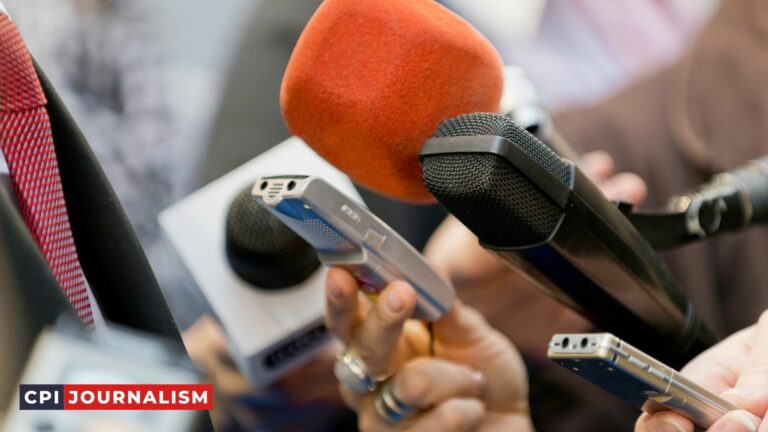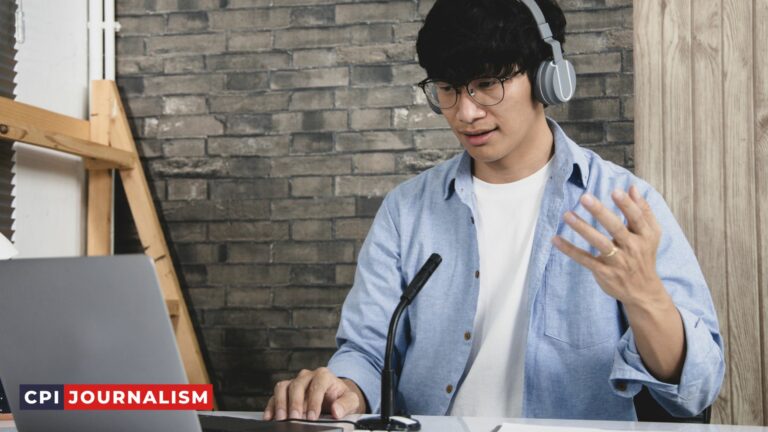What Is A Package In Broadcast Journalism?
As a broadcast journalist, you will often be asked to produce packages. But what exactly is a package? A package is a story that is reported, written, and edited by a single journalist. It usually includes multiple elements, such as interviews, footage, sound bites, and graphics.
Packages are typically 2-3 minutes in length and are used to report on a variety of topics, from breaking news stories to feature stories. While they can be challenging to produce, they are a great way to showcase your journalism skills.
If you’re new to broadcast journalism, or are simply looking for some tips on how to produce a package, read on for some helpful advice.
What Is a Broadcast Package?
A broadcast package is a collection of audio and video elements that are put together to tell a news story. It typically includes an on-camera reporter, stand-up, sound bites, natural sound, and B-roll.
The on-camera reporter is the main element in the package and is the person who will be telling the story. The stand-up is a short, on-camera segment where the reporter gives some background information about the story.
Sound bites are short, sound-only clips of people interviewed for the story. Natural sound is any ambient sound that helps set the scene or atmosphere of the story. B-roll is additional video footage that is used to supplement the story.
News Package
A news package is a pre-produced video segment that is typically used as a lead-in to a news story. It is usually between 30 seconds and 2 minutes in length and contains footage of the story’s subject, along with sound bites from interviews and on-camera commentary from the reporter.
A news package typically begins with a “”tease”” or “”hook”” to entice viewers to stay tuned for the story. The reporter then provides an overview of the story, including the who, what, when, where and why.
This is followed by footage of the story’s subject, along with sound bites from interviews and on-camera commentary from the reporter. The package ends with a “”tag”” or “”out”” which tells viewers what to expect in the next segment or episode.
News packages are an important part of the news broadcast and help to set the tone and provide context for the story. They are also a great way to showcase the reporter’s skills and knowledge of the subject matter.
What is a Radio Package?
A radio package is a news story that is reported and edited for radio. It typically includes a reporter’s narration, sound bites from sources, and natural sound.
Radio packages are generally shorter than television news stories, and they often have a more informal tone. This is because radio is a more intimate medium than television, and listeners are typically more engaged with the story if they feel like they are hearing it from a friend.

Radio packages often make use of sound effects to create a more immersive experience for the listener. For example, a package about a car accident might include the sound of screeching tires and crashing glass.
Packages are typically between one and two minutes in length, though some can be shorter or longer depending on the story.
News Packages
A news package is a story that is reported and edited for television. It usually includes several elements, such as interviews, footage, sound bites, and voice-over.
A news package typically begins with a lead-in, which is a brief summary of the story. This is followed by the body of the story, which contains the interviews, footage, and sound bites. The story is then wrapped up with a voice-over, which gives the viewer the main points of the story.
News packages are usually between one and two minutes long. They are often used to report breaking news stories, but they can also be used to tell human interest stories or to provide background information on a news story.
If you are a journalist, it is important to know how to produce a news package. This skill will come in handy when you are assigned to cover a breaking news story.
What is a package in radio program?
A package in radio program is a collection of audio elements that are combined to tell a story. It typically includes narration, sound bites, and natural sound. It is important to remember that a package is not just a collection of audio elements, but a story that is carefully crafted to engage the listener.
How do journalists make packages?
There are a few different ways that journalists can make packages. The most common way is to use a package storyboard. This is a tool that helps the journalist to plan and organize the package.
It includes all of the elements that will be in the package, such as the introduction, the body of the story, the sound bites, the graphics, and the conclusion.
Another way to make a package is to use a package template. This is a pre-made package that the journalist can use as a starting point. It can be customized to fit the needs of the story.
Finally, some journalists prefer to make their packages from scratch. This can be more time-consuming, but it allows for more creativity and flexibility.
How long is a package broadcast?
A package broadcast can range in length from a few seconds to several minutes, depending on the story being told. Generally, the longer the package, the more important the story.
For example, a breaking news story might be told in a shorter package, while a feature story or an in-depth investigation would be told in a longer package.
What does a broadcast packet look like?
When a broadcast journalist is putting together a broadcast package, they are thinking about the elements that will best tell the story and engage the audience. A typical broadcast package will include:
- A video or audio clip of the story being reported
- An introduction by the journalist
- A voice over by the journalist ( narration)
- B-roll video or additional audio to support the story
- Graphics or photographs
- Sound effects
The journalist will put all of these elements together in a way that is compelling and easy for the audience to follow. The best packages will be clear, concise and tell a great story.
How do you write a radio news package?
There is no one-size-fits-all answer to this question, as the best way to write a radio news package will vary depending on the specific news story you are covering.
However, there are some general tips and best practices you can follow to ensure your radio news package is effective.

When writing your radio news package, always keep your audience in mind. What are they interested in? What do they need to know? Write your script with these questions in mind, and be sure to include all the essential information.
Be concise and to the point. Radio is a very concise medium, so your news package should be too. Make every word count and get to the point quickly.
Use natural language. Avoid jargon and technical terms that your audience may not understand. Keep your language simple and easy to follow.
Use strong verbs. Active, descriptive language will make your news package more engaging.
End with a strong conclusion. Sum up the key points of your news package and leave your audience with a strong impression.
Conclusion On What Is a Package In Broadcast Journalism
A package in broadcast journalism is a story that is reported and edited for television. It usually includes a video or audio clip, along with a written script.
Packages are typically between two and three minutes long, and they are often used to report breaking news stories.







